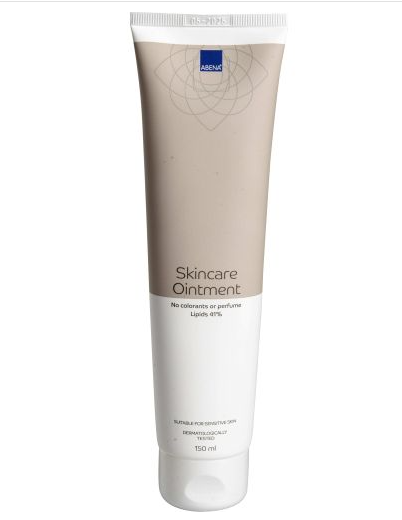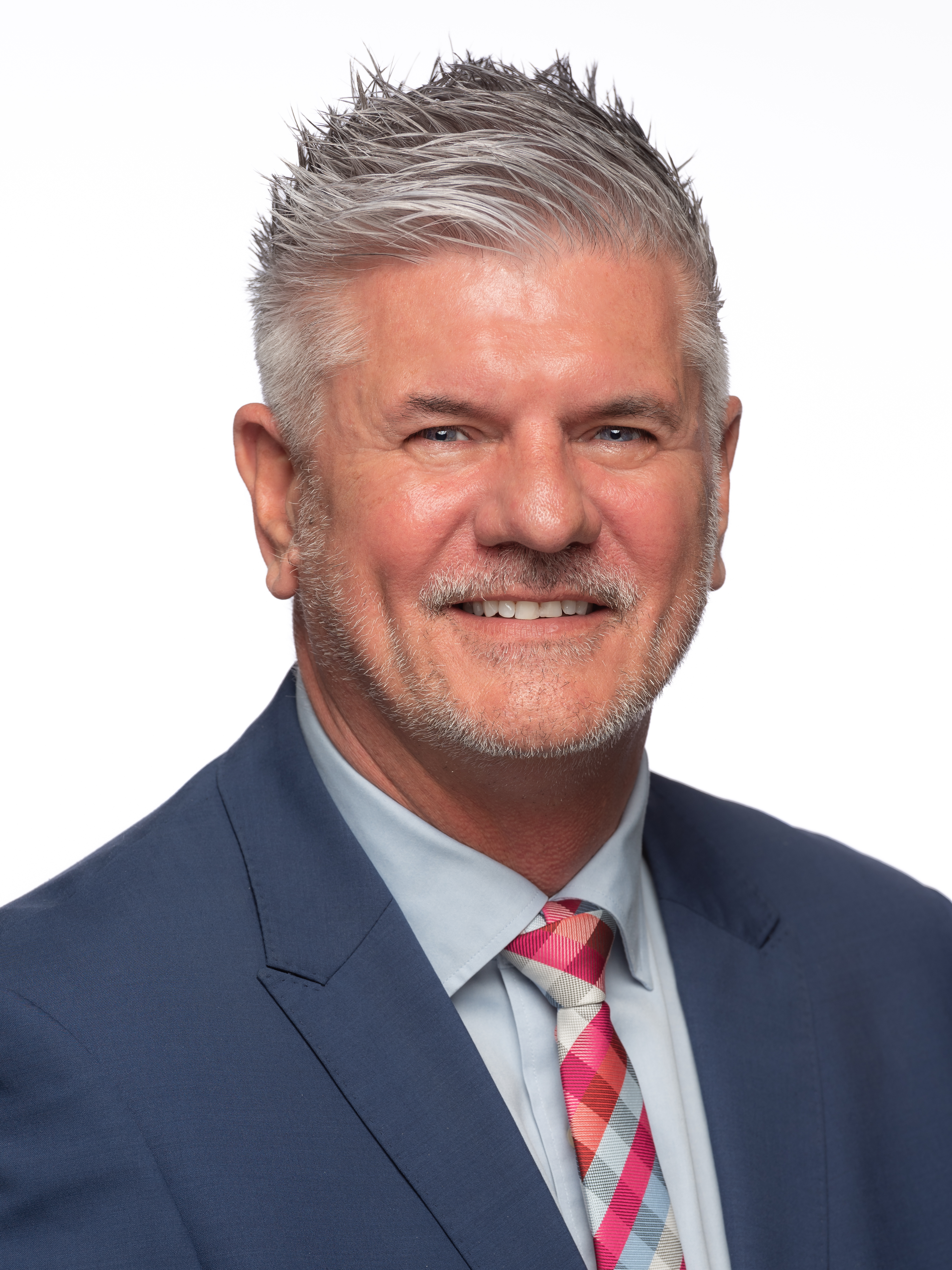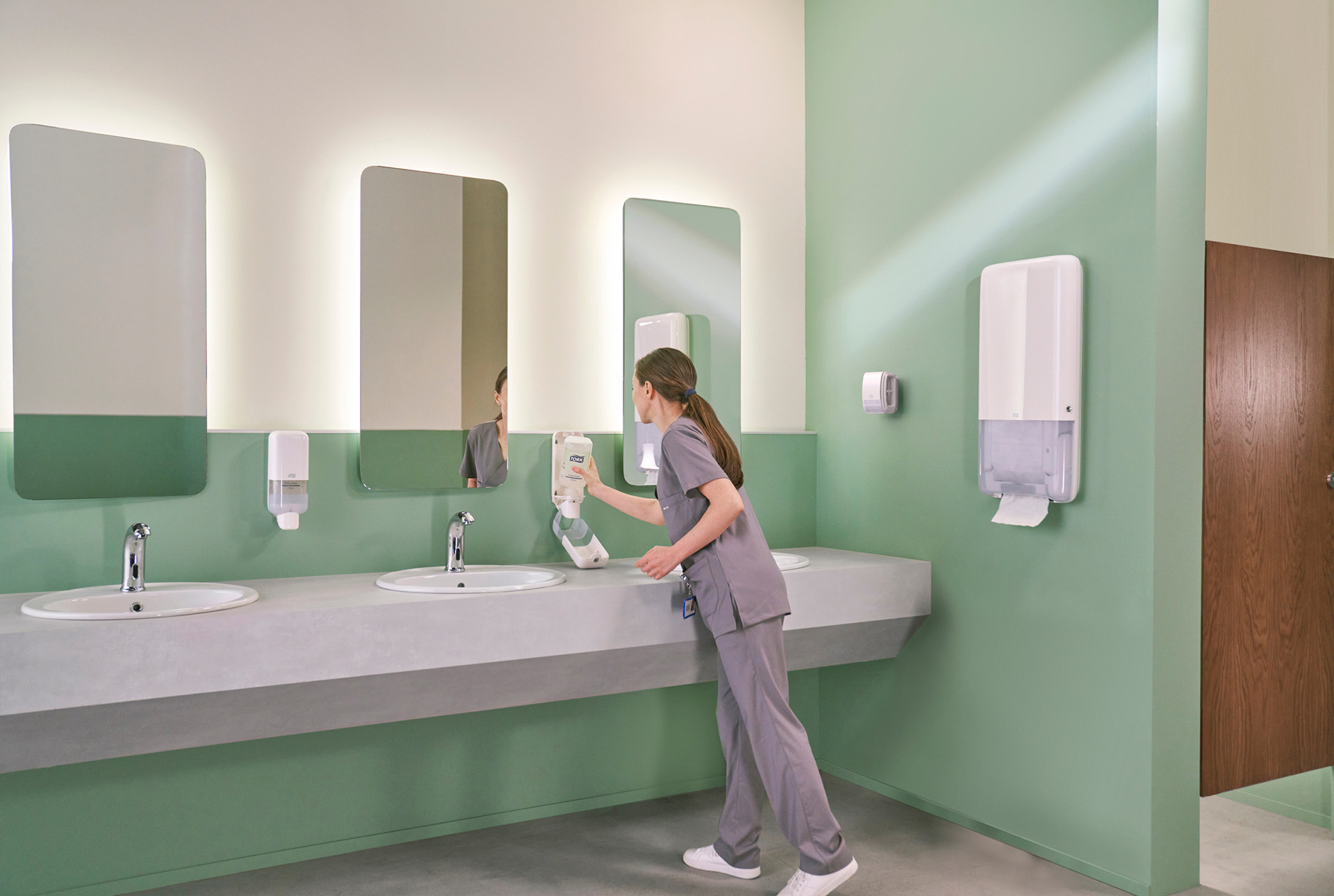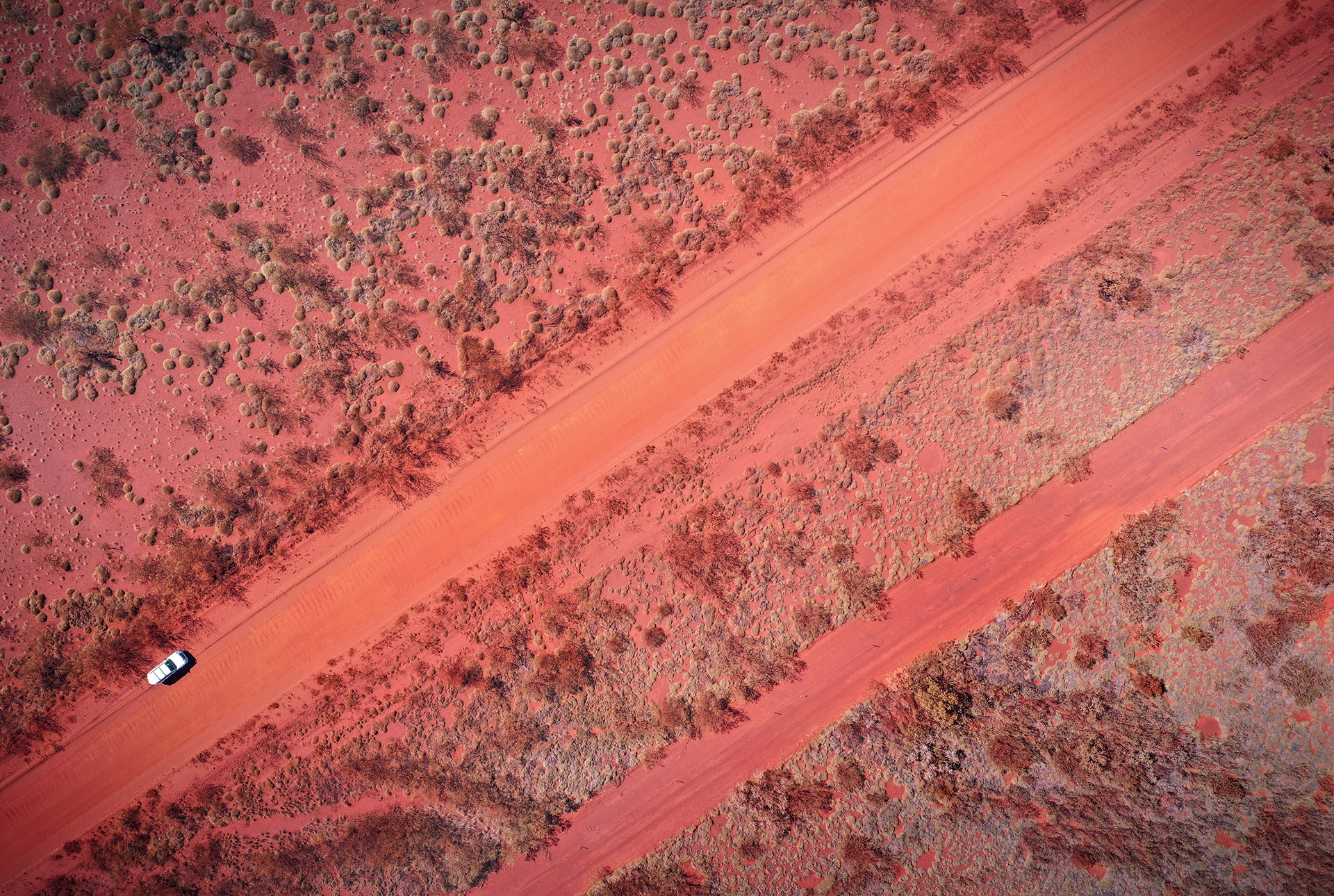This is an extract from the original study. The full article was published in the International Wound Journal ISSN 1742-4801.
Abstract
A randomised controlled trial was conducted to evaluate the effectiveness of a twice-daily moisturising regimen as compared to ‘usual’ skin care for reducing skin tear incidences in older persons. Aged care residents from 14 Western Australian facilities (980 beds) were invited to participate.
Defining Skin Tears
Skin tears are defined as partial or full-thickness skin injuries that result from shearing, friction or blunt trauma. They’re also one of the most common wounds among older adults in hospitals, residential facilities and the community.
Currently, Australians aged over 65 account for 14⋅2% of the population but by 2056 that number will increase to 25%. The increasing proportion of older persons in the country could potentially result in an exponential increase in skin tears and cause greater demands for health resources.
Study Intervention
The study intervention involved the twice-daily application of a standardised commercially available, pH neutral (pH 5–6), perfume-free, moisturising lotion to body extremities in a gentle, downwards direction. The lotion was applied in the morning and the evening by care staff or residents if they were able, and preferably following bathing.
All staff within the 14 facilities received education on skin tear classification and reporting, and the staff in the 7 intervention facilities received additional education on the intervention regimen and its implementation in their facility. The education was repeated at regular intervals for protocol reinforcement and for the benefit of newly employed staff.
Data Collection
The study was conducted over 6 months from October 2011 to March 2012.
As soon as a skin tear occurred or was identified, the reason for its occurrence was discussed with the resident or staff on duty and the reporting staff member recorded a ‘contributory factor’ (i.e. skin condition, nutritional status, corticosteroid use, or a fall, shearing, and friction forces) as the hypothesised reason for the injury. It was possible to have multiple contributory factors recorded against any tear.
Results
A total of 420 eligible residents enrolled in the intervention group and 564 residents enrolled in the control group. Amongst these residents, 424 (172 in the intervention group and 252 in the control group) had developed at least one skin tear during the study.
There was no statistical difference between both groups in regards to age and gender. Although, residents were predominately female (65⋅8%) and over 80 years of age. There were three male residents aged 40, 56 and 62 who were recipients of high care (two in the intervention group and one in the control group).
In Australia, persons under 65 years with dementia or severe disability can be found in aged care facilities and were also included in the analysis.
It was also found that residents in high-care facilities had significantly more skin tears in the control group than in the intervention group. There was no statistical difference between the control and intervention groups in low-care facilities in terms of skin tear numbers.
Skin Tear Incidence Rates
A total of 1396 skin tears were recorded among the 424 residents. Among the 424 residents who developed skin tears, 172 (40⋅57%) residents were in the intervention group as compared to 252 (59⋅43%) residents in the control group.
The resident with the greatest number of skin tears in the control group had 36 skin tears, whereas the intervention group resident with the greatest number of tears had 26 skin tears over the 6-month period. In the intervention group, the average monthly incidence rate was found to be 5⋅76 per 1000 occupied bed days (a total of 450 skin tears over 6 months) as compared to 10⋅57 per 1000 occupied bed days (946 skin tears over 6 months) in the control group.
Skin tears occurred most commonly in the residents’ bedrooms and the bathrooms. All other facility locations such as the lounge, dining room, activity area, corridor, entrance foyer or grounds represented less than a quarter of overall skin tear incident locations, and a small proportion of skin tears occurred whilst the residents were off-site. It was also noted that skin tears occurred more frequently during peak manual handling times such as when residents were being transferred into and out of their beds or when they were being assisted with bathing.
Defining Usual Skin Care Practices
The results of the pre-study survey and interviews, which were conducted to identify usual skin care practices in facilities, showed that none had pre-existing standardised skin-moisturising protocols. Employed carers most often moisturised the resident’s skin, and the frequency of application varied between carers and facilities, occurring either daily, twice daily or adhoc.
The post-study survey and interviews found significant changes in practice in the intervention group, associated with time of day and type of moisturiser used, as well as frequency of application. These changes were equated to the intervention protocol.
Discussion
The study found that the twice-daily application of moisturiser to the extremities of residents in aged care facilities as compared to ‘usual’ skin care practices reduced skin tear incidence by almost 50%.
The pre- and post-study surveys, which identified the usual skin care practices, provided a degree of confidence that practice contamination had not occurred between the two groups, and the lower incidence rate in the intervention group was attributable to the intervention. Furthermore, the main contributory factor for skin tears in both groups was found to be fragile skin, which is largely contingent upon xerosis and age-related changes.
As is the case with other reports, skin tears were found to be more prolific on the extremities and they were predominately STAR category 1a and 1b, where the edges can be realigned to the normal anatomical position without undue stretching. Among the low-care residents, skin tears occurred more frequently on the lower limbs, which could be assumed to relate to knocks and falls suffered by frail ambulant individuals.
The most common facility location for injury was the residents’ bedrooms with injuries occurring during times when residents were most likely to be transferred out of, or into, bed. Although not the focus of this study, beds, bed-rails, chairs and wheelchairs have been reported as high-risk factors for skin tears, and prudent selection and use of these devices is important, as is the selection and use of skin protective devices and manually handled assistive devices.
The study findings highlight the need for standardised twice-daily skin-moisturising protocols and mandatory staff education on skin tears and their prevention.
Conclusion
The study determined that the simple and relatively inexpensive application of pH neutral, perfume-free moisturiser twice daily can substantially reduce skin tears among aged care residents. Given the high prevalence of skin tears reported in hospitals, as well as in aged care facilities, it is strongly recommended that this practice be adopted and promoted across all sectors. A reduction in skin tears and their often considerable consequences will not only result in the improved well-being of individuals, but also reduce the health care burden for agencies and individuals.
For More Information Download the Abena’s Skin Care Flyer HERE.
Resource: This is an extract from the original and full article was published in: International Wound Journal ISSN 1742-4801. The effectiveness of a twice-daily skin-moisturising regimen for reducing the incidence of skin tears” by Keryln Carville, Gavin Leslie, Rebecca Osseiran-Moisson, Nelly Newall & Gill Lewin.












